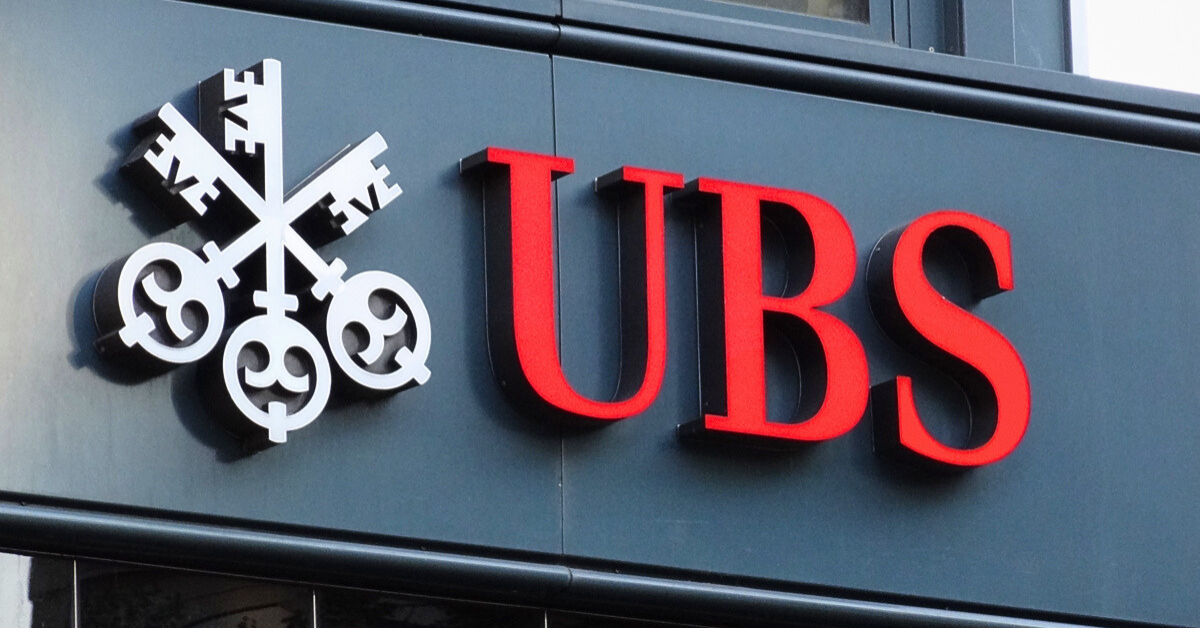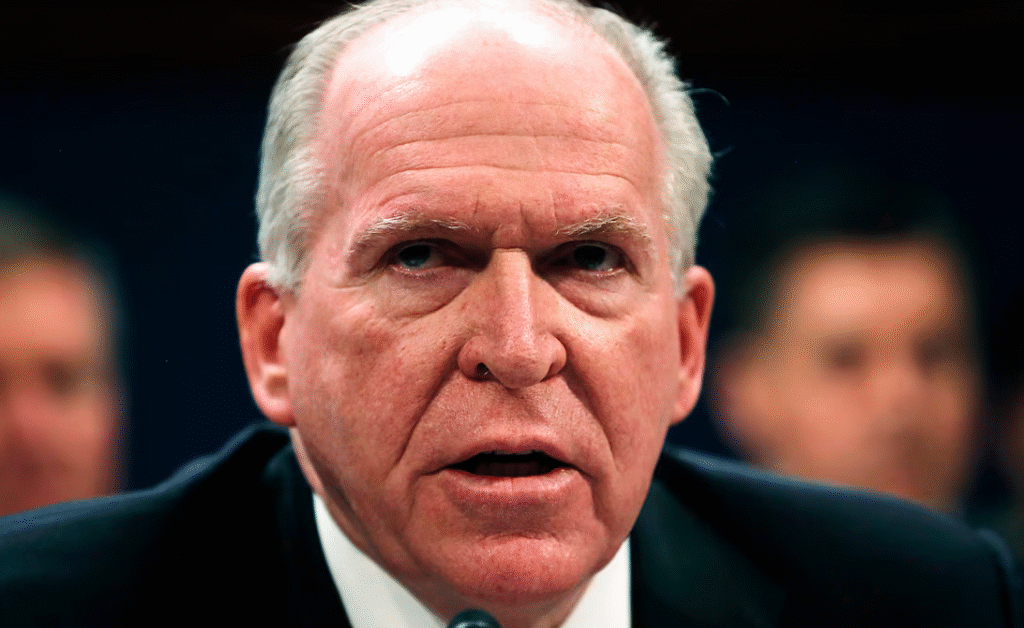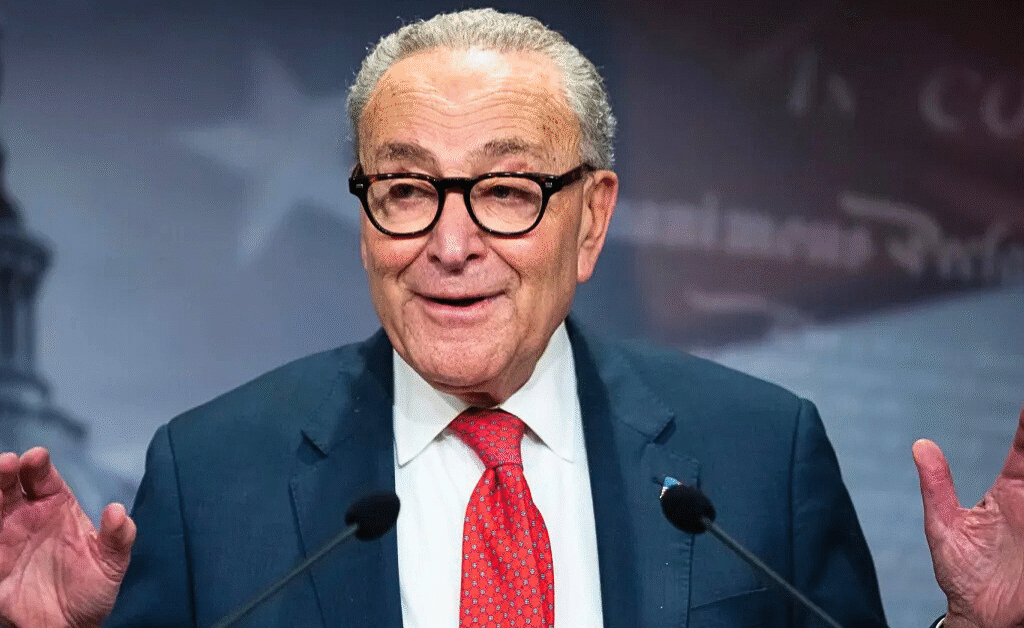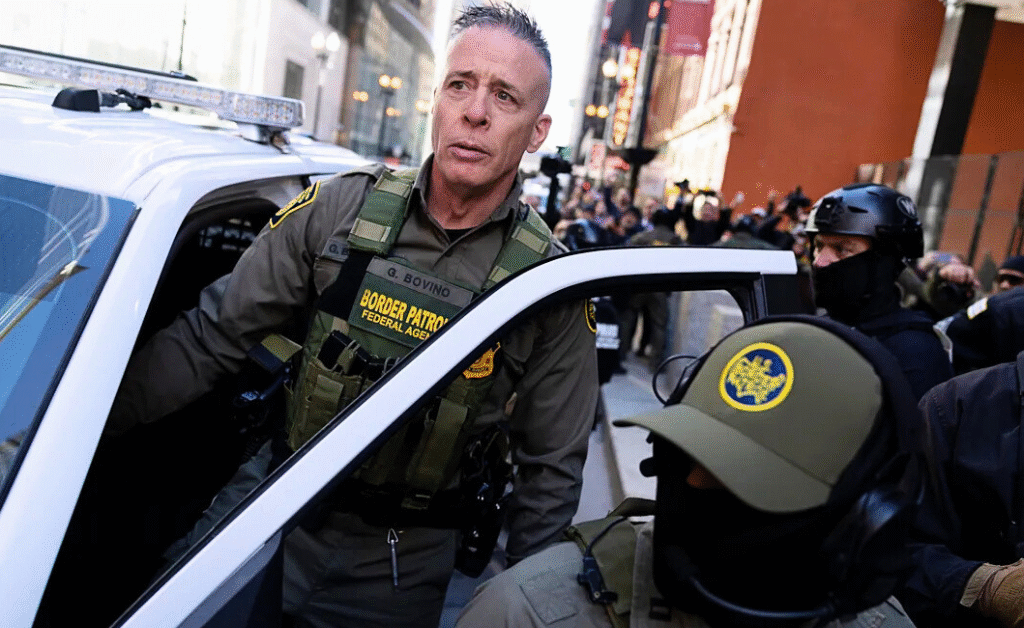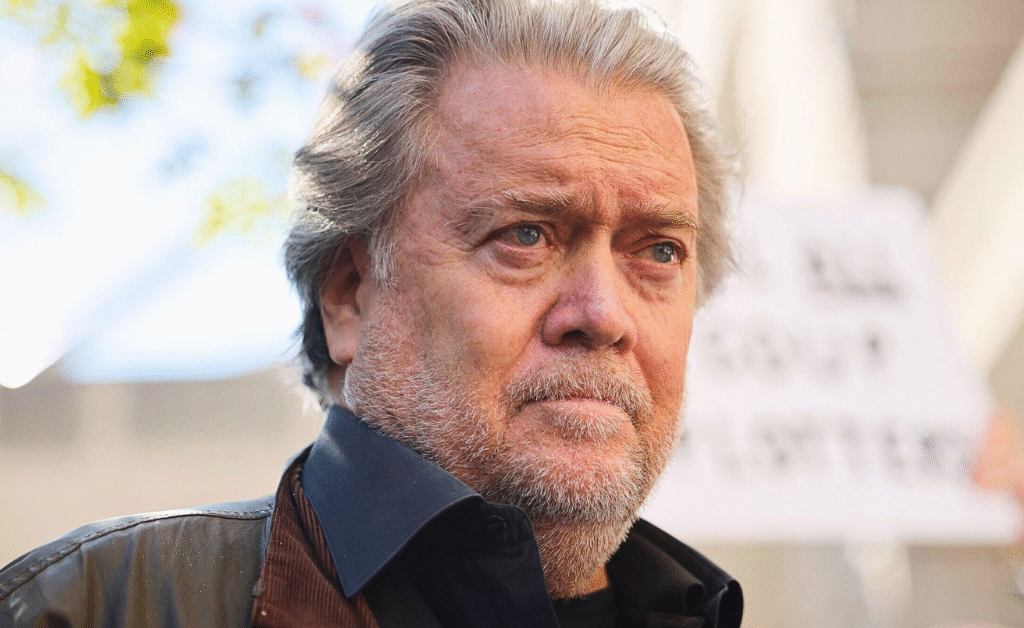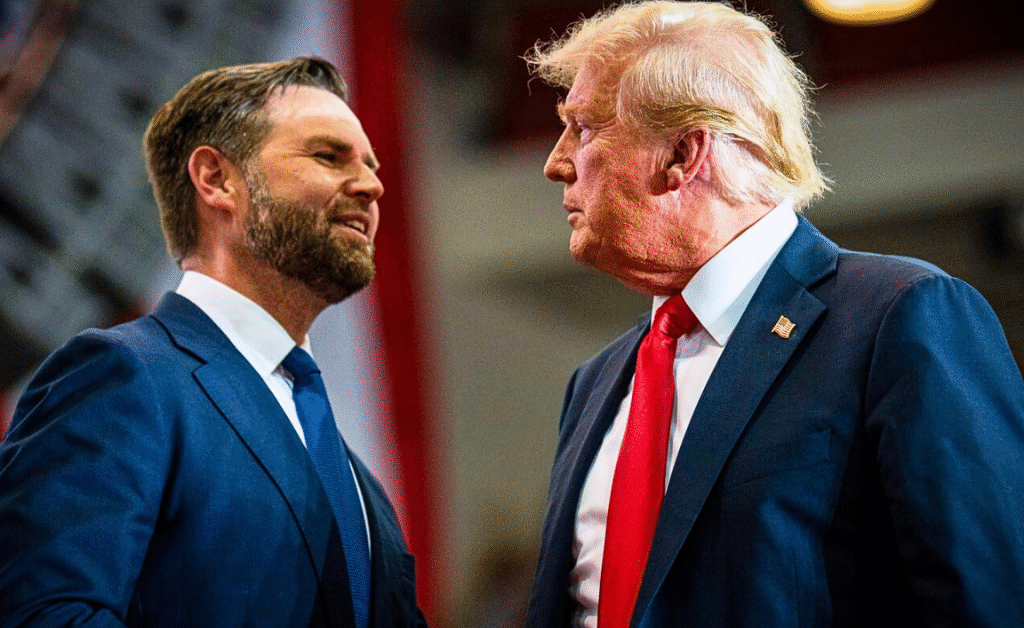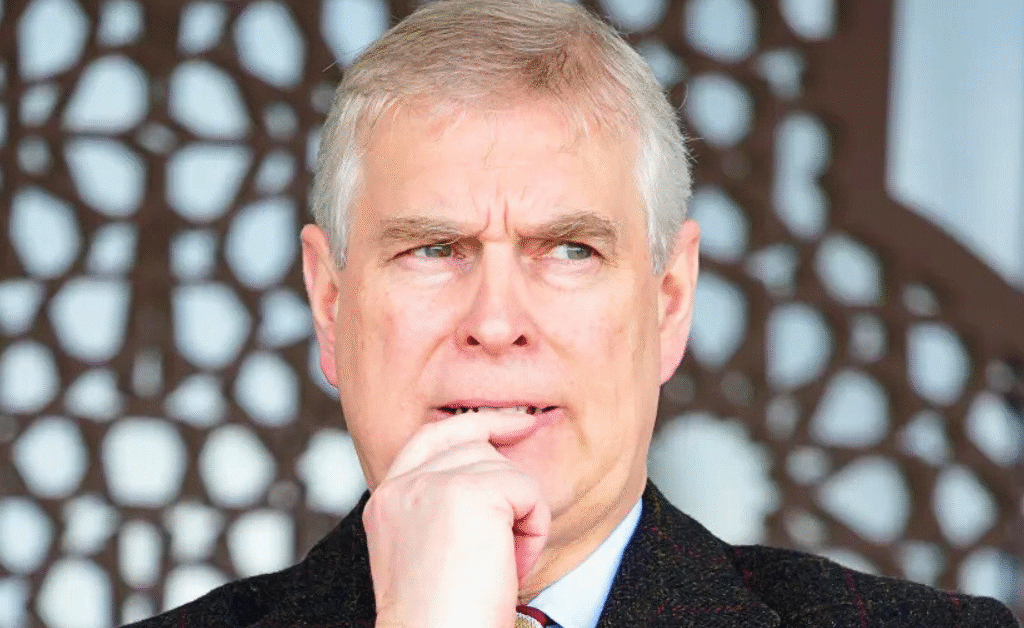- UBS is accelerating wind-down of multiple invoice-finance funds after $500M First Brands exposure, risking nearly $1B assets and $300M+ losses.
- Class-action suits and regulator probes mount as investor pension funds face heavy paper losses and potential wider private credit contagion.
In the high-stakes world of private credit, where banks chase yields in the shadows of traditional lending, the ghosts of 2008 seem to whisper a little louder these days.
Just over a year after the shock bankruptcy of U.S. auto parts giant First Brands Group sent shockwaves through global finance, Swiss banking behemoth UBS is still picking up the pieces—and the tab.
What started as a $500 million headache has ballooned into a full-blown crisis of confidence, forcing the bank to shutter multiple funds and brace for investor lawsuits that could drag on for years.
The FrankNez Media Daily Briefing newsletter provides all the news you need to start your day. Sign up here.
The saga began in late 2024, when First Brands—a once-promising supplier of brake pads, filters, and engine components—imploded under the weight of opaque debt practices and aggressive invoice financing.
Creditors, including major players like UBS, were left holding the bag after billions in receivables simply vanished in a web of rehypothecation schemes, where the same assets were pledged multiple times over.
Fast forward to now, and the fallout is claiming fresh victims: UBS announced this week that it’s accelerating the wind-down of three additional invoice-finance vehicles, on top of the two it liquidated last fall.
Sources close to the matter say the move affects nearly $1 billion in assets, with losses potentially exceeding $300 million when the dust settles.
Are Investor’s Pension Funds at Risk?
At the epicenter is UBS O’Connor, the Chicago-based hedge fund arm that’s been a crown jewel in the bank’s post-Credit Suisse merger portfolio.
Back in 2024, O’Connor’s “Opportunistic” working capital finance strategy fund was a poster child for the private credit boom—promising steady returns by lending against corporate invoices.
But with 30% of its portfolio tangled in First Brands exposure (9.1% direct and 21.4% indirect, tied to customer payables), the fund became a ticking time bomb.
Investors, many of them pension funds and family offices chasing double-digit yields in a low-rate world, were assured that no single “position” would exceed 20% of assets.
UBS maintains it stayed within bounds by slicing the indirect slice across multiple First Brands clients, but that’s cold comfort to those staring at paper losses north of 40%.
“We informed investors last month that O’Connor’s Working Capital Opportunistic funds are being wound down and the majority of the funds’ assets will be monetized by the end of the year,” UBS told the Financial Times in a statement that now reads like a eulogy.
The bank doubled down: “As a priority, we’re taking steps to protect clients’ interests and maximize recovery of the remaining First Brands Group-related positions through the complex bankruptcy process.”
Class Action Filings Are Already Proceeding
But protection feels like a hollow promise on the ground. In Zurich boardrooms and London trading floors, whispers of discontent have turned to outright fury.
One mid-sized European pension manager, speaking on condition of anonymity, likened the ordeal to “being sold a lifeboat that springs a leak halfway across the Atlantic.”
The investor pool is seething over what they see as a bait-and-switch: Funds marketed as “high-grade” and diversified, only to unravel because of bets on a single, troubled name.
Class-action filings are already stacking up in U.S. courts, with plaintiffs arguing UBS breached fiduciary duties by understating risks in a sector notorious for its lack of transparency.
This isn’t just UBS’s mess, though. The First Brands debacle has exposed cracks in the $1.5 trillion private credit market, where banks like UBS and Deutsche Bank have piled in to offload regulatory headaches via risk-transfer deals.
Remember Deutsche’s infamous “Big Short 2.0” play last year, shorting AI stocks to hedge data center blowups? It was a clever hedge on paper, but First Brands showed how quickly the house of cards can tumble when underlying assets—those everyday invoices propping up supply chains—go poof.
Analysts at S&P Global now warn that similar exposures could force liquidations at up to a dozen funds across Europe by mid-2026, as bankruptcy proceedings drag on and recovery rates hover below 50 cents on the dollar.
The Impact on Human Costs Goes Beyond Investor Losses

Zoom out, and the human cost hits harder. First Brands wasn’t some abstract ticker; it employed 12,000 workers across the American Midwest, churning out parts for Ford and GM trucks.
When the hammer fell in 2024, factories shuttered overnight, leaving towns like Dayton, Ohio, grappling with unemployment spikes and shuttered diners.
“These aren’t just balance-sheet hits—they’re livelihoods,” says Maria Gonzalez, a labor organizer in Ohio who’s been tracking the ripple effects. Her group has linked the bankruptcy to a 15% rise in local foreclosures, as suppliers and blue-collar families felt the pinch.
UBS, for its part, is scrambling to stem the bleeding. The bank has already clawed back 70% of the O’Connor fund’s First Brands-tainted assets through fire sales and side deals, but the remaining 30% is mired in U.S. bankruptcy court, where First Brands’ estate is fighting over $2 billion in disputed claims.
Insiders say CEO Sergio Ermotti has personally greenlit a $150 million reserve boost this quarter, just to keep the wolves at bay.
Yet with regulators in Basel and Washington circling—probing whether UBS’s risk models were too rosy—the pressure is mounting.
A leaked internal memo, obtained by this reporter, reveals contingency plans for more fund closures if recovery dips below 40%.
As the sun sets on another manic trading day, the question lingers: Is this the canary in the coal mine for private credit’s house of mirrors? Or just another bump in the road for a banking giant that’s weathered mergers, scandals, and sovereign debt crises?
For investors licking their wounds, it’s a stark reminder that in finance, the only sure bet is the house always wins—eventually.
But as one veteran trader put it over a dimly lit espresso in Geneva, “Eventually might not cut it when your clients are calling for heads.”
What happens next could redefine how banks dance with the shadows of alternative lending. Stay tuned; the encore might be even uglier.
Also Read: A DOJ Whistleblower Now Makes Revelation That Undermines the Judicial System’s Integrity


